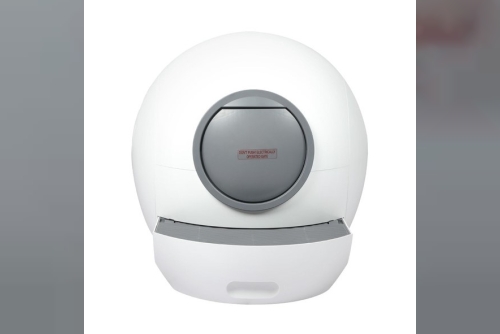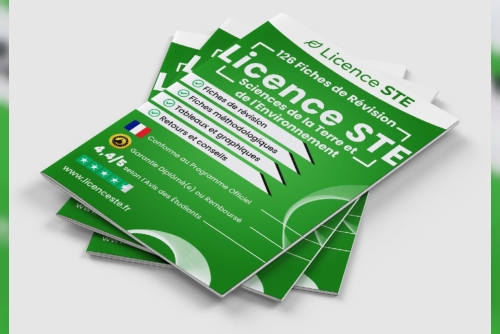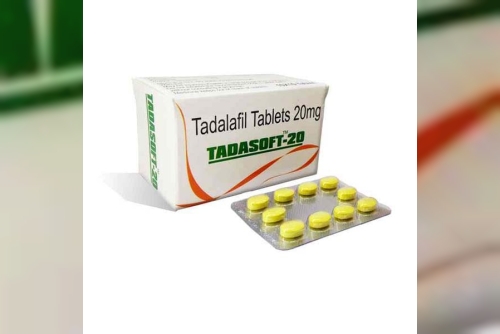In 1942, Walter Bradford Cannon, MD, made public his findings of research that put forth the concept that fear may well affect a person to the point that their physical condition declines in response to psychological distress. The anomaly is recognized as "psychosomatic" in that death is caused by an emotional response (often fear) to some evoked outside force. This coined “voodoo death” is particularly noted in native societies, and POW (prisoner of war) camps, but the condition is not specific to any particular culture. Dr. Cannon cites one example concerning a Maori aboriginal woman who ate fruit and then consequently learned that it had come from a forbidden place of taboo which was a direct violation of her witch doctor’s proclamation. The New Zealand woman, upon realizing her involuntary offense, collapsed with fear and died within a day of eating the cursed fruit. A similar incident was recorded when a young aboriginal African man (unintentionally) ate the meat of a wild hen. Among the people of the tribe it was well known that if wild hen was eaten then death would not be far behind. Overcome by panic and a sense of helplessness the young man died within a day. Though cases within aboriginal societies are the most commonly cited when researchers (such as Cannon) set forth examples, similar cases of psychosomatic death have also been reported in other cultures.
Dr. Herbert Benson, is a professor at the Harvard medical school and the director of division of behavioral medicine at Boston’s Beth Israel hospital cites that much of his research concludes that there is evidence that our negative beliefs effect our body. He mentions yet another “voodoo” death phenomenon. Among traditional Indigenous Australians there is no such thing as a belief in natural death. All deaths are considered to be the result of evil spirits or spells, usually influenced by an enemy. Often, a dying person will whisper the name of the person they think caused their death. However, if the causer is unknown then the aboriginal witch doctor spins a chicken bone in a tribal court (much like a group of teenagers spin the bottle) and whoever the chicken bone points too is the guilty party. That person becomes so horrified and overcome with terror that he/she dies within a day’s time. The bone is spun and a kiss of death ensues.
In all of these documented cases of voodoo deaths, (psychosomatic death) the crucial factor of each was that the victim’s fierce upheld supernatural faith in the curse and the belief that death was eminent. Also, there was an intense belief reinforced by the behavior of friends and relatives who treated the “hexed” person as though they would soon die. Research indicates that the victim’s sense of reality was affected by the perceptions of others around them and their expectations often became a self-fulfilling prophecy. In many cases of psychosomatic death, the cursed person is overwhelmed by hopelessness and fear. This condition has since been termed "bone-pointing syndrome," where as a person receives some sort of shock (often after breaking some social or religious taboo) which is then interpreted as an ill sign for himself. The person’s physical condition deteriorates at a rapid rate, and then dies within a period of 24 hours after the initial shock.
Mind is the Master power that molds and makes, And Man is Mind, and evermore he takes. The tool of Thought, and, shaping what he wills,Brings forth a thousand joys, a thousand ills:— He thinks in secret, and it comes to pass:Environment is but his looking-glass. ~James AllenThe phenomenon of voodoo death (psychosomatic death), or hex death remains contentious and not completely understood. Yet doctors of today may have a similar effect on us. It has long been known that the mere diagnosis of a terminal illness is capable of shortening our lives.
There are many cases of psychosomatic death in medical literature. Clifton K. Meador, MD in 1992 described a case of a man who was diagnosed with esophageal cancer. The physician managed to motivate the man to live through Christmas, which he did, but died soon after New Year’s Day. In the autopsy after his death, however, the doctors discovered that the man’s cancer was not at all the cause of his death. The cancer diagnosis was, in fact, a false positive. Dr. Meador suggested that the case met the criteria for a hex death because the man was convinced that he was about to die and all of the people around him shared in that same conviction. Eerily similar to the belief system of the aboriginal tribes who believed in spiritual voodoo.
Another such example is documented by Dr. Bruno Klopfer, in his Presidential Address to the Society of Projective Techniques in 1957. His patient, Mr. Wright, an otherwise healthy and energetic person, in 1956, developed lymphosarcoma, cancer of the lymph nodes. His condition had worsened to such an extent that the tumors in his neck, groin, chest, and abdomen had grown to the size of baseballs. Mr. Wright’s chest had to be emptied of one to two liters of milky fluid every two days. His physicians gave him little time to live. However, Mr. Wright heard about an upcoming clinical test of a new experimental drug, called Krebiozen, he begged his doctors to include him in the study. Even though Mr. Wright was way past the point of saving, the doctors gave in to his unrelenting requests and allowed him into the clinical trials of what was later proved to be a worthless drug. Of the twelve people in his experimental group, Mr. Wright (alone) showed brilliant improvement. His tumors “melted like snowballs on a hot stove” and within less than a two week time period, all signs of Mr. Wright’s cancer had vanished. Within two months, however, news reports of the uselessness of Krebiozen started to reach Mr. Wright. His assurance in the drug began to weaken and soon all his cancer symptoms returned. Near death, in a desperate attempt to save his life, his physician decided to perform an unorthodox experiment. He told Mr. Wright that a new, improved, double-strength formula of Krebiozen was developed and that Mr. Wright had been selected to prove its effectiveness. Within days of receiving the fresh water placebo, Mr. Wright’s symptoms of cancer (once again) disappeared. Tumors vanished and chest fluid disappeared. However, within two months, press announcements declared Krebiozen a worthless drug. Mr. Wright’s faith was finally depleted and he succumbed to the disease within days. (Klopfer, 1957)
Dear friends, why am I sharing this information with you? How can any of this information be meaningful or beneficial to you or me? I wanted to share these several examples because I care about you. I wanted to reveal to you (in some small way) that to a certain extent, we too, are consciously or subconsciously succumbing to psychosomatic deaths of the spirit and mind on a daily basis. We are committing a kind of suicide of the mind by a thousand cuts of negative thoughts and warped beliefs. We tell ourselves we are not good enough or worthy of the blessings we have in life. We say our past mistakes are who we are. We say we are unforgiveable, wretched and unlovable. We say we belong in the darkness of our regret. We say we are fat, we are ugly and that this (right here and right now) is all there is. We tell ourselves our lives are on the decline, our health, our careers, our relationships. We are maxed out in our professions, we are stuck and there is no way out. We tell ourselves nothing will change, further nothing CAN change. We tell ourselves these things over and over and over again and ever so slowly THAT becomes our religion within our religions. To make matters worse those beliefs are confirmed by the people around us. We succumb to the “voodoo” death of our spirits (no matter its deception)…we become afraid, we doubt…we die a thousand spiritual and emotional ends and we soon “give up the ghost” and no longer live and so…we die a premature death completely unfulfilled.
Our lives CAN be better. If only we had true belief (no matter how small) within us…we could, surely, move mountains!
Beyond the shadows of our doubt lies an ocean of extraordinary possibilities; things that could have been or could be; if we had the faith to see them through. Our doubts betray and deflect us from our true selves and deprive us of our chances to love, to achieve, to trust, or to know what we’re truly capable of…all because we confide in our fears rather than endeavor towards our rightful providences.” ? Jason Versey, A Walk with PrudenceWe have seen how thoughts and beliefs can have powerful (negative and positive)effects on the body giving us only a glimpse of understanding of the mind’s ability. These astounding (documented) things the mind and thoughts can do and has done (killing us out of shear fear or melting tumors with placebos) suggests that each of us, ideally, possess the ability to influence our health and control our physical bodies. Further, deeper still, our thoughts and beliefs, purposes, and intentions, expectations and wishes, fears and desires, images and attitudes, prejudices and faiths have the power to shape our very environments and circumstances. So beloved..Be encouraged. Believe in the power within you and then share that light with others.
There are things you should never give up on like your conviction and ambitions but most importantly…you should never give up on you, Keep making those sacrifices, keep running that race, keep advancing beyond your struggles to you eventual goal. You will deeply value your triumphs, if they are not handed to you. Nothing, absolutely nothing, is worth having or attaining without labor and toil. So when you’re in your darkest hour and the road seems endless, no matter what, never give up on you, because only you will see you through. ? Jason Versey, A Walk with Prudence
















